The Solanaceae family has been known to people since ancient times. After all, plants of this species have been fed by humans for not a century. A lot of solanaceae is used to create medicines and decorate our lives as ornamental plants. In one family, these plants combine certain characteristics. They have a common type of fruit, a flower formula, and, in general, a life form.
Material Content:
General characteristics of plants
More than ninety genera and 2300 species of nightshade plants live on Earth. Each of us almost daily sees their fruits on our table. They are familiar to everyone - potato tubers, eggplant (blue), pods of peppers, juicy tomatoes. These fruits are one of the most important nutritious foods for humans.

Representatives of the family under discussion are distributed everywhere, across all continents, but especially in Central and South America. If in the temperate climatic zone of Eurasia they are mainly represented by annual and perennial herbaceous plants, then on the American continent it can be shrubs with curly and erect stems, trees, vines.
Distinctive features of the nightshade family
Solanaceae have some features by which they can be distinguished from other genera and species of plants.

The main features of the nightshade family
- All solanaceous plants have simple leaves, which are located on the stems one by one, in turn.The shape of the leaves is different, they can be whole, and with a serrated edge, and incised.
- Fruits are berries or boxes. For example, the fruits of nightshade, tomato, potato, eggplant are berries. And peppers, bleached, tobacco, petunias are already boxes. It is noticed that almost all poisonous representatives of solanaceous have box-fruits.
- All these plants have the same flowers in structure. They have a double perianth, which consists of five sepals fused together. Petals of the flower are also spliced together and form a spineless corolla. The number of petals is also five, as are the stamens.
- All representatives of solanaceous contain in their tissues, including fruits, the toxic substance solanine. It is also present in vegetables familiar to us, belonging to the family under discussion, although in very small quantities.
- Some of these plants have a special aroma, since the surface of their stems and leaves is covered with glandular cells, which secrete this smell into the environment.
- Poisonous nightshade, such as datura and henbane, contain substances harmful to human and animal health - alkaloids.
Distribution and habitat of culture
The main number of solanaceous plants was recorded in all climatic zones of Central and South America. In Eurasia and, above all, in the former USSR, there are 45 species representatives. Among them are not only food species, but also technical ones, such as tobacco, as well as medicinal and wild ones.
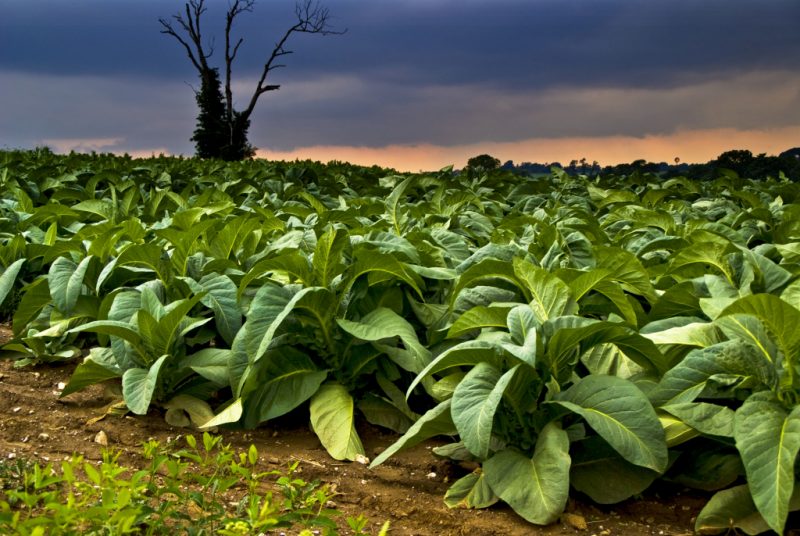
The latter are very common on roadsides, close to human habitation, in the garden, in the vegetable garden. Among them are poisonous - bittersweet nightshade and black. The first species lives in the European part of Russia and in the south of Western Siberia. This is a shrub that blooms with purple flowers, has bright red berries. Most often it can be found at reservoirs, in ravines, in lowlands, in the forest.
Black nightshade grows next to a person; you can often see it when you go outside the house. It blooms in small white flowers, the fruit has black or green color.
Key members of the nightshade family
First of all, these are vegetables familiar to everyone, which have excellent nutritional properties. Their varieties were developed using the selection method by scientists in different countries.
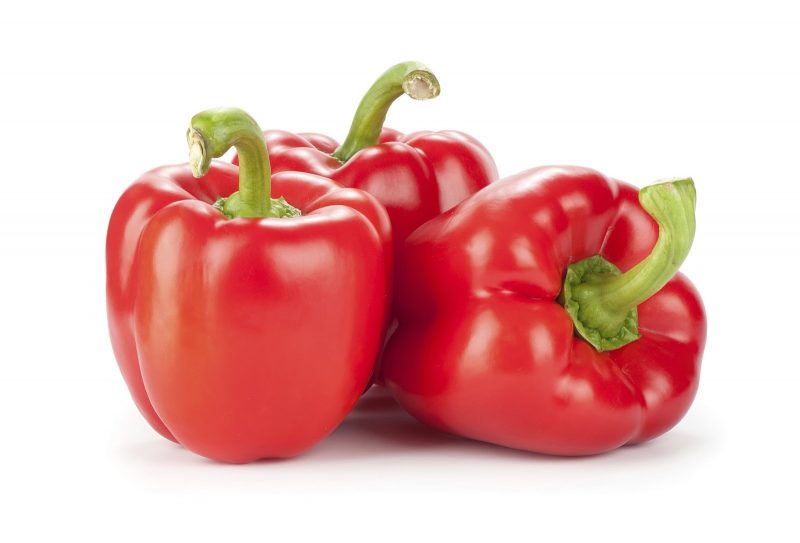
Typical representatives and their general characteristics:
- Potatoes. The most popular vegetable not only in Russia, but also in other countries. It contains a large amount of carbohydrates due to starch. Vitamin C and some essential amino acids are also present in potatoes. All these substances are vital for maintaining human health.
- Tomato. It contains almost all B vitamins, but especially Vitamin E, which affects the rejuvenation of body cells. A specific substance tyramine, which promotes the synthesis of serotonin, was also found in the pulp. The latter is the so-called hormone of joy, which regulates the emotional state of a person.
- Pepper (burning and sweet). It is very useful because it contains vitamins C and P, which affect the state of the cardiovascular system. Eating pepper helps to remove bad cholesterol. Pepper plasters are used to create a warming effect for colds, radiculitis, sprain.
- Eggplant. It promotes hematopoiesis, relieves swelling with cardiovascular problems, relieves inflammatory processes, soothes nerves.
- Physalis food. A beautiful plant that can also be used as a decoration for a personal plot. He has bright orange boxes with delicious sweetish berries of the same color. It has many useful properties, contains vitamins and minerals necessary for human life.However, its most important properties are antioxidant. The fruits of this plant can be used as a prophylaxis of cancer.
Ornamental plants from the solanaceous family decorate our gardens, parks, flower beds.
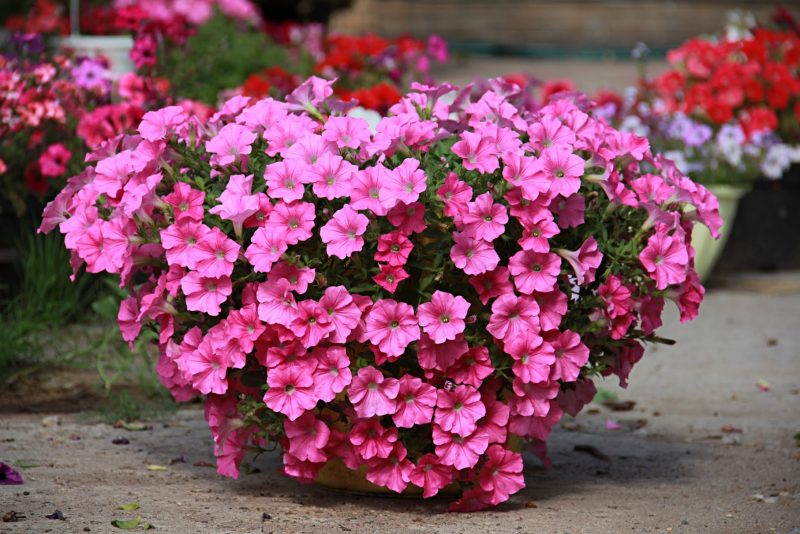
They have very bright, beautiful colors.
- Petunia. A low-growing shrub from 20 to 70 cm tall with bright flowers from white to purple. Has a very beautiful funnel-shaped flower. This plant arrived to us from Brazil and Paraguay.
- Sweet tobacco. A very popular plant among gardeners with an unusually varied color of flowers and a pleasant aroma. Often it is planted in order to attract more pollinating insects to the garden. He was brought to Europe from South America, like petunia. This is a small herbaceous shrub up to 90 cm high. It has beautiful star-shaped flowers.
- Physalis is decorative. A beautiful plant with carved leaves and heart-shaped flowers of bright orange or red. He is the perfect decoration for any garden. However, its fruits cannot be eaten, they are poisonous and bitter in taste.
Flower formula
In biology, there are special formulas that describe the appearance of flowers of different plants. In particular, Solanaceae have the following formula: H (5) L (5) T5 P1. It is easy to decrypt.
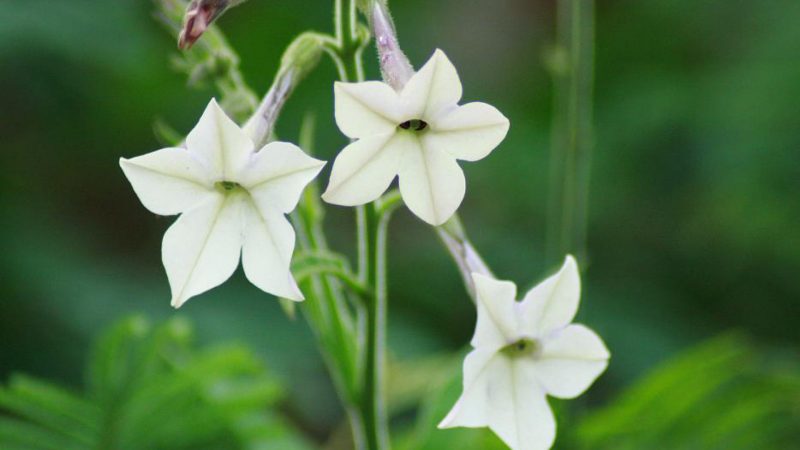
- The value of H describes the number of sepals, the number of which is indicated in parentheses. Solanaceae have five.
- L - denotes the petals, which in our case are fused together. Their number, as can be seen from the formula, is also equal to five.
- T is the stamens. Their number, as you might guess, is also five.
- P - pestle. Solanaceae usually has one.
The shape of the flowers of different representatives of solanaceous, of course, differs from each other, although all the petals are fused. Some plants have single flowers, others, like potatoes, have whole inflorescences.
The berries are usually covered with skin, may have several layers, but the top is fleshy. Usually these are multi-seeded fruits, such as tomatoes.
The box is often dry, which inside contains a lot of seeds. It opens in many ways. Blehlen, for example, has a lid, and the datura fruit is covered with crevices, from which the seeds must wake up on the soil.
Medicinal plants of the nightshade family
The Solanaceae family is rich in medicinal plants. Poisonous black nightshade is able to save a person from many diseases. For example, cutaneous - psoriasis and lichen. It helps with cirrhosis. A decoction of the leaves and stalks of bittersweet nightshade has always been used to treat rheumatism.
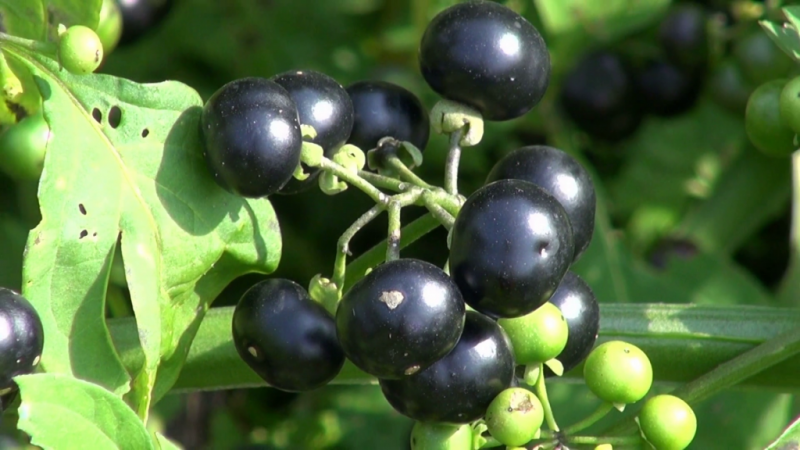
Different types of pepper can be used to season delicious dishes and treat colds, tonsillitis, and even stomach ulcers.
Like all medicines, nightshade ones also have their contraindications.
- Beladonna. This plant is successfully used in medicine. From its parts - roots and leaves - raw materials for medicines are produced. It has analgesic and anti-inflammatory effects. Most often, it is prescribed for stomach ulcers and duodenal ulcers, muscle pain, tuberculosis, epilepsy, parkinsonism.
- Belena is black. They make oil from it, and in folk medicine they also use leaves. In small quantities, it is used as a sedative. Its extract is added to tablets for people experiencing unpleasant symptoms of motion sickness. Also, belena is part of various tinctures and ointments against gout and joint diseases.
- Datura ordinary. Its leaves are rich in a substance called hyoscine. It is used to create medicines with calming properties.
- Mandrake.In medical practice, only the roots of this plant are used, which in shape resemble a human figure. It consists of toxic psychoactive substances. They are used as a sedative, hypnotic, painkiller, for example, for tooth or joint pain, hemorrhoids and childbirth. The plant was used externally for the removal of tumors, as well as against cancer.
Value in agriculture
Of great importance for agriculture in different countries is the potato. It is used in various industries - both in food production, and in the technical industry, and as feed for agricultural animals.
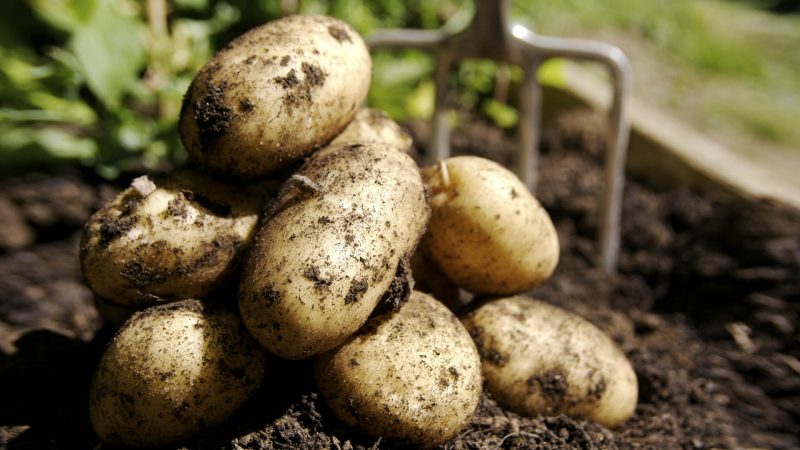
And he came to Russia thanks to Peter the Great, who brought him from Holland in the 17th century. At first, the people did not accept this plant, since there were cases of eating not root crops, but external potato fruits, which were poisonous. People received poisoning, sometimes fatal, which turned out to be the cause of the so-called potato riots. Only in the 19th century, potatoes were appreciated, and it became widespread.
Not only potatoes, but also other nightshade ones have become the main vegetable crops of our time. This is, first of all, tomatoes, different types of peppers and eggplant.
- Tomatoes brought to Europe from Peru and Ecuador in 1523. At first, they served as ornamental plants, they decorated gardens. Moreover, these tomatoes were mostly yellow. Hence the name - “tomato”, which is translated from Spanish as “golden apple”. Then these fruits began to be used as medicinal plants, and only later they acquired great importance for agriculture. In Russia, they were first grown in the Crimea in 1883, since these representatives are solanaceous heat-loving. Over time, they have gained widespread recognition in Russia, and today they are grown everywhere. There are hundreds of varieties of cultivated plants.
- Peppers also gained great popularity. This plant also loves warmth, since it came to our continent from Guatemala and Mexico. In Europe, it became known since the 16th century, and in Russia it was started to grow later, since this plant could not withstand harsh climatic conditions. However, scientists have developed special varieties, and now peppers can be grown in the Moscow and Leningrad regions, in the vicinity of Penza. Today, these vegetables have fully taken root in the gardens of the Altai Territory, in the southern regions of the Novosibirsk and Omsk regions.
- Eggplant is also an important crop. These plants came to us from East India. Their history is documented in ancient Arab sources, which indicate that people began to cultivate eggplant in the 9th century. Europeans have long grown these plants as ornamental, since they considered eggplant to be unhealthy. And only with the discovery of America did the attitude towards this culture change. The fact is that the South American Indians ate this vegetable as food, which served as a good example for Europeans. In Russia, it began to grow in the 18th century.












